Are you looking to fertilize your lilac bushes to help them bloom big this year? Or perhaps simply just get them to bloom for the first time – or maybe the first time in a long time?
Lilacs are one of the most popular flowering bushes for gardeners to grow in their home landscape. Not only are they extremely hardy and durable (some varieties can easily live 50 years or more), the bush also happens to be highly insect and pest resistant. And yes, that even includes being deer resistant too!
When in full bloom, lilacs are one of the most prolific flowering bushes of all. From varieties that can flower in purple, white, red, pink, yellow and even blue – their fragrant blooms are great for adding huge early season color and interest to the landscape.
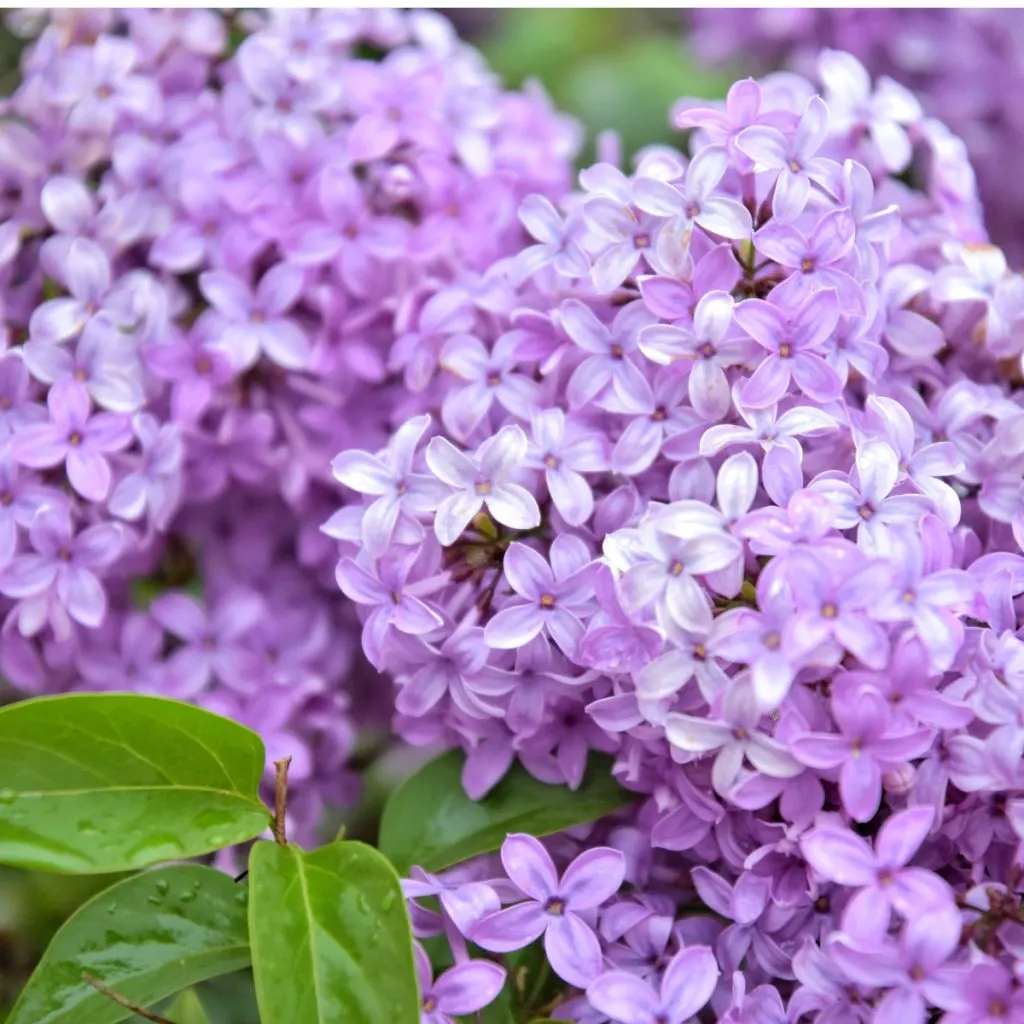
But for many gardeners, getting their lilacs to bloom can be frustrating. For some, bushes that once bloomed prolifically suddenly slow down or stop altogether. For others, the struggle is getting new lilac bushes to take hold. Either to bloom with more gusto – or to simply bloom for the very first time!
Getting The Most From Your Lilacs
The good news? When lilacs struggle to flourish, it can almost always be traced back to a few simple issues. And those issues often revolve around spring care, including two of the most vital when it comes to just how well your bushes will flower – fertilizing and pruning.
As you will see in today’s article, it’s not difficult to maintain lilac bushes. In fact, it’s actually quite easy. But what will make a huge difference in flowering and performance is giving your lilac bushes what they need most in early spring – and avoiding a few tasks that can actually decrease or even eliminate blooms.
With giving your lilacs the perfect care in mind – here is a look at what you can do this spring to set your lilacs up for big blooms!
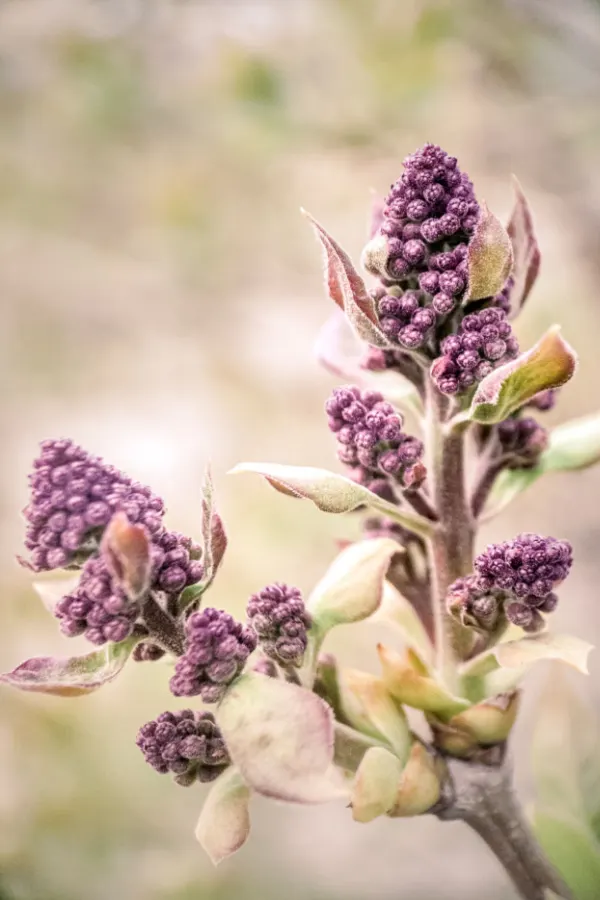
How To Get Lilacs To Bloom Big – The Secret To Fertilizing, Pruning & Great Spring Care!
First, let’s cover what you need to do for your lilacs in the spring – and that all begins with fertilizing and mulching. These two simple tasks will go a long way in helping your lilac to bloom big. But as you will also see, there are few tasks to avoid during spring care – tasks that can actually prevent your bush from flowering.
Fertilizing For Success
Although lilacs do not feed heavily from the soil, they do benefit greatly from a dose of energy in early spring. However, what you feed them plays a major role in their blooming habits.
It’s important to know that lilacs will not bloom if there are too many nutrients in the soil. Especially if they are the wrong kind of nutrients. Unfortunately, this is where many gardeners make a crucial mistake when feeding their lilacs. Most notably, giving their bushes too much nitrogen.
First and foremost, lilacs should only be fed once a season, and that is in the early spring, right before or just after the bushes first sprout their new foliage – but well before they begin to bloom. By feeding them early, you allow the bush to use the energy for blooming and not just growth.

What To Feed Lilacs – How To Get Lilacs To Bloom Big
As for what type of fertilizer to feed lilacs, a granular, slow release product is best. This will allow the nutrients to slowly break down in the soil and absorb into the lilac’s root system. But, and this is the important part – it is vital to feed them a granular fertilizer that is higher in phosphorous and potassium – and more moderate in nitrogen.
All fertilizers carry an N-P-K number on their label. This ratio is the percentage of the fertilizer for nitrogen (N), phosphorous (P), and potassium (K). Quite simply, when fertilizing lilacs, you need to use a fertilizer with higher phosphorous and potassium numbers.
Look for granular fertilizers in the 4-10-10 to 5-15-15 range. Bulb and bloom fertilizers are among the best for this type of energy for your lilacs as they have just slightly over double the dose of phosphorous and potassium. Affiliate Link: Lily Miller 4-10-10 Bulb & Bloom Food
These two nutrients more than any other are important for blooming and flowering for a lilac. They power buds and help to produce flowers. But if a lilac gets too much nitrogen, it unfortunately will use it to grow larger – all in place of flowering.
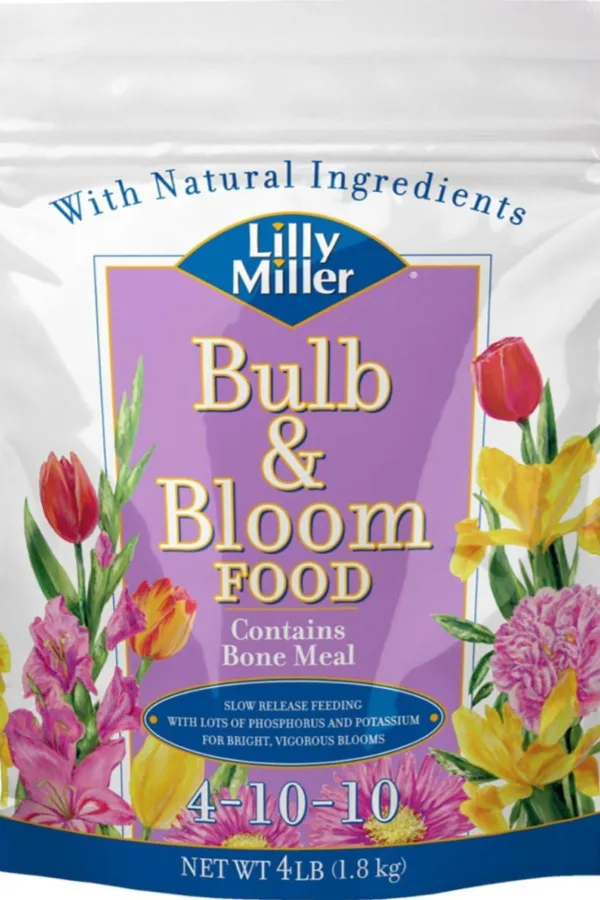
Mulching Lilacs In The Spring – How To Get Lilacs To Bloom Big
The second big task to perform on your lilac bush in the spring is to apply a thick layer of mulch underneath its base. A thick four to six inch layer of mulch is ideal for lilac bushes.
First and foremost, a thick layer of mulch helps to keep competing weeds out. Weeds that can steal valuable nutrients from your bush that it needs to produce buds and blooms. See: 2 Simple Secrets To Eliminate Weeds In Flowerbeds – For Good!
In addition, that same layer of mulch aids in keeping moisture in the soil. Lilacs need moisture at the root level in order to produce their bloom set and flower. Without it, they cannot absorb the nutrients they need. And if the ground underneath is bare, the hot sun can quickly dry out the soil and the roots – which will affect blooming.
It’s always best to put down your fertilizer first, rake and water it in, and then follow with the mulch. This gets the fertilizer activated and down into the soil far faster. As for the best mulches to use, a thick coating of hardwood or bark mulch works best for protecting the soil around lilac bushes.
Avoid Spring Pruning – How To Get Lilacs To Bloom Big
If lilacs fail to bloom – one of the biggest reasons of all is that they were pruned at the wrong time. And that wrong time is in the spring!
Never prune your lilacs in the early spring before they come out. Doing so will actually highly reduce or even eliminate this year’s blooms entirely. As can pruning them in late summer, fall or over the winter.
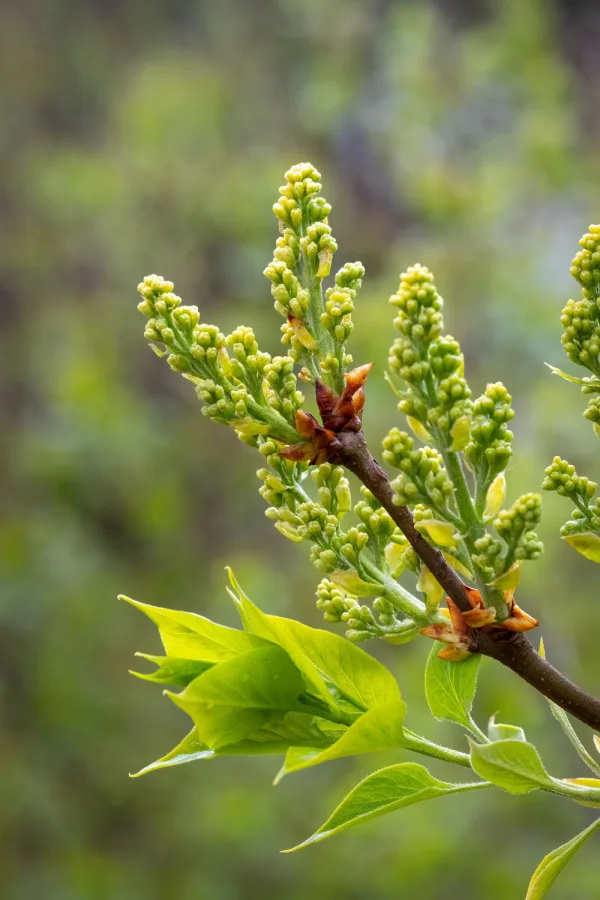
Much like most common varieties of hydrangeas, the blooms of lilacs form on older wood and stems. Because of this, removing any stems or branches from the bush before the foliage comes out means you are also removing its future blooms.
So when should you prune your lilacs? The best and safest time to prune lilacs is right after they finish blooming. This way, they have the rest of the season to produce new growth and bloom sets for the following year.
But even if you don’t prune your bush back, at the very least, it is extremely beneficial for next year’s blooming potential to deadhead the blooms after your lilac finishes flowering this year.
Deadheading Lilacs In Late Spring – How To Get Lilacs To Bloom Big
One of the most underrated and under-performed chores for lilacs is to deadhead the spent blooms as they die off. Unfortunately, when allowed to stay on the bush, old blooms will continue to take water and nutrients from the plant.
By removing the blooms as they fade, you allow the plant to continue to feed the remaining new flowers still coming on. But even more, it allows the plant to power new growth during the summer. And the result of that? More power to store for an even better bloom set next year!
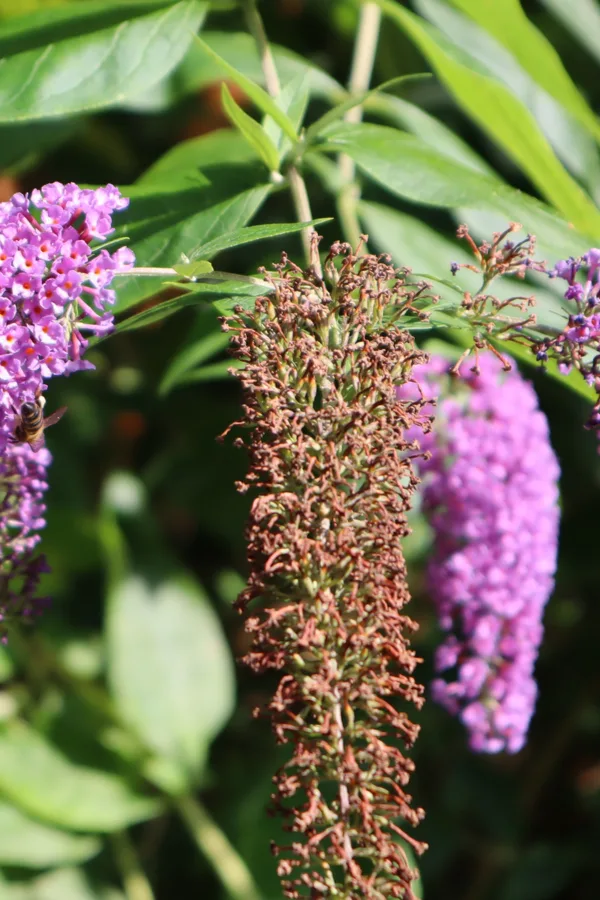
When your lilac has finally completed all of its bloom cycle in late spring, it’s time to remove the old blooms and do any pruning or necessary shaping of the bush. By doing this immediately after the bloom cycle completes, the bush still has all summer and fall to grow new wood and limbs for the following year’s flowers.
Late Season Maintenance – How To Get Lilacs To Bloom Big
For the remainder of the summer and fall, there are two important tasks for your lilac bush. The first is making sure it is receiving enough water. The second is keeping the area around its base clear of grass and weeds.
Established lilacs rely heavily on water and moisture for strong growth and health. On average, they should receive around an inch of rainfall per week. If you experience extended drought or dry periods, watering your lilac can pay off big. Water is key in helping it store up energy for next year’s blooms.
In addition, keep the area underneath your lilac bush free and clear of grass and weeds. Lilacs do not like to compete for nutrients. By mulching around their base and keeping the area free of other growth, it will go a long way in helping them have the energy they need to produce big spring bloom sets.
Here is to getting your lilacs in shape for big blooms this year – and for years to come!
This Is My Garden
Follow Our Facebook Page For Great Gardening Tips And Advice! This Is My Garden Facebook Page
This Is My Garden is a garden website created by gardeners, for gardeners. Jim and Mary Competti have been writing gardening, DIY and recipe articles and books and speaking for over 15 years from their 46 acre Ohio farm. They publish three articles every week, 52 weeks a year. Sign up today to follow via email, or follow along!
